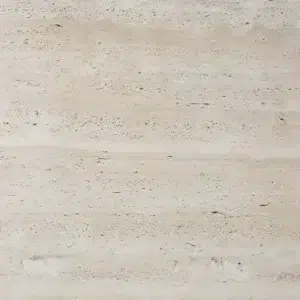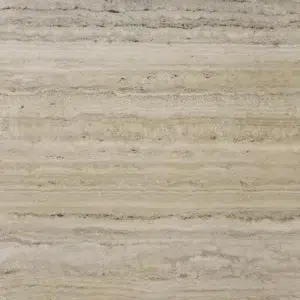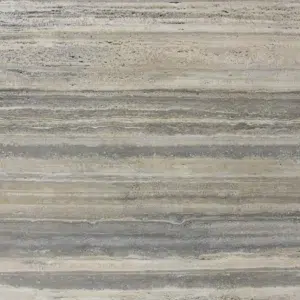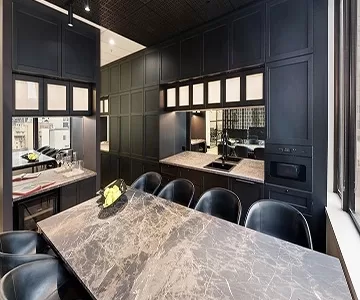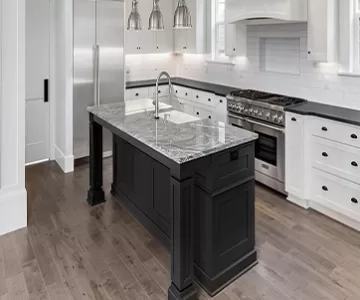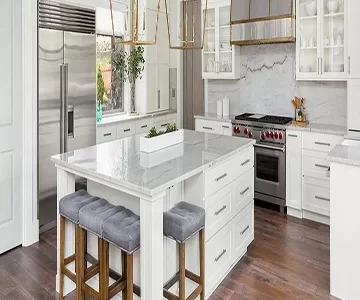Travertine Stairs
Our Travertine Stairs Range
Travertine Stairs Sydney
Within the broad field of architectural design, travertine stands out as a timeless beauty. For years, homeowners have been enthralled by travertine’s distinct texture and warm tones, especially when it comes to stairs. But what makes it unique? Together, we will explore the wonders of the travertine world and discover its mystique.
Why Choose Travertine for Stairs?
A derivative of limestone, travertine has a long history of use in architecture. From the luxury of classical Roman buildings to the opulent residences of the present day, its allure never fades. Regarding stairways, travertine offers a difficult-to-match harmonic combination of visual beauty and usefulness.
- Longevity and Durability: Travertine has a well-deserved reputation for being tough. These stairs are made to last, able to handle the demands of high foot traffic as well as the vagaries of the environment. Longevity is a certainty, whether you’re picturing travertine stairs outdoors or inside your warm house.
- Timeless Elegance: Every travertine tile is unique. Because of this, travertine tile stairs will always have a special charm, with each tile showcasing different patterns and hues. Their earthy colour scheme works well with a wide range of architectural designs, from contemporary to rustic.
- Cost: Travertine is surprisingly affordable despite its opulent appearance. In comparison to the luxuriousness of marble stairs or the grandeur of granite stairs, travertine proves to be an affordable but no less beautiful substitute.
- Adaptable Elegance: The adaptability of the travertine is evident even below the stairs. It looks well on counters, walls, and floors, so your whole house will have a cohesive theme.
Beauty And Versatility Of Travertine
The chameleon-like plasticity of travertine is one of its most praised qualities. Travertine seamlessly complements its surroundings, whether it’s adorning a rustic rural estate or highlighting the elegant lines of a modern urban home.
- Rustic Allure: The warm tones and natural flaws of travertine take one back in time. When used in environments that have a rustic or antique feel, travertine stairs are a tribute to the past and have a timeless charm.
- Modern Chic: Travertine isn’t only for traditional environments. Travertine stairs may stand out as a shining example of postmodern beauty when paired with sleek metal fittings or minimalist glass balustrades.
- Outdoor Harmony: The sight of outdoor travertine stairs is breathtaking. Either in the middle of lush gardens, beside peaceful poolside, or on sun-drenched patios, they blend in with the natural world with ease. Furthermore, the stone’s natural resistance to weathering guarantees that its beauty will not fade.
How to Care for & Maintain Travertine Stairs
It is admirable how durable travertine is, but like any treasure, it has to be treated with care. Taking care of your staircase properly prolongs its life and keeps it looking beautiful.
- Regular Cleaning: The enemies of travertine include dust and dirt, which may lead to surface abrasions. Vacuuming or sweeping on a regular basis is essential. Use a mild detergent and avoid using anything too acidic for a deeper clean.
- Finish the Deal: For travertine stairs that face the outside, sealing is essential. This serves as a barrier to keep out any stains and moisture intrusion.
- Molecular Caution: Corrosive chemicals have the potential to degrade travertine and cause surface erosion. Selecting pH-balanced cleaning solutions is always a wise move for your priceless travertine stairs.
- Quick Solutions for Spills: Because travertine is porous, spills must be cleaned up after consumption. By doing this, possible stains are avoided, and the stone’s flawless beauty is maintained.
Conclusion
More than simply a useful architectural feature, travertine stairs are a stylistic statement, a fusion of old and new, and a tribute to the craftsmanship of nature. Whether you’re constructing a new house or remodelling an existing one, travertine offers a staircase that becomes an adventure unto itself rather than merely a way to get up.
Frequently Asked Questions (FAQs)
Is travertine good for stairs?
Indeed, travertine’s inherent non-slip texture, longevity, and aesthetic appeal make it a great choice for staircases.
Is travertine a marble?
Marble is not travertine, at all. Despite being natural stones, they are not the same. Marble is a metamorphic rock that is generated from limestone, while travertine is a kind of limestone that is created in mineral springs. They differ in appearance, texture, and production methods, which gives them distinct qualities and uses.
What material is travertine?
Natural stone, more precisely a kind of limestone, is used often in both building and ornamental projects.
What is travertine stone made of?
Water from springs rich in minerals is used to create travertine stone. Characterized by a porous surface and natural veining, it is mostly made of calcium carbonate.


